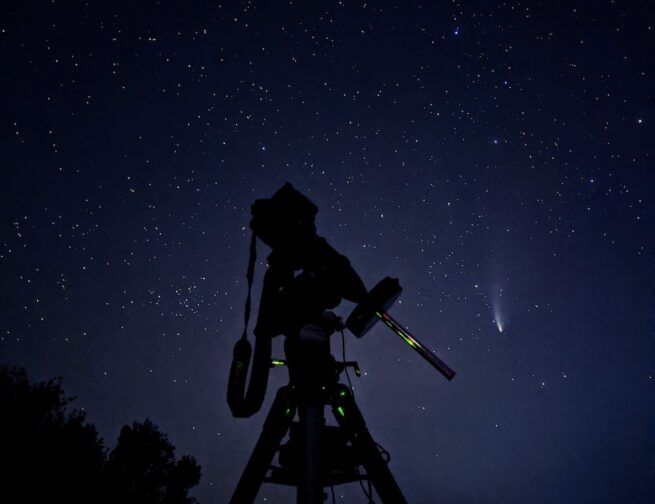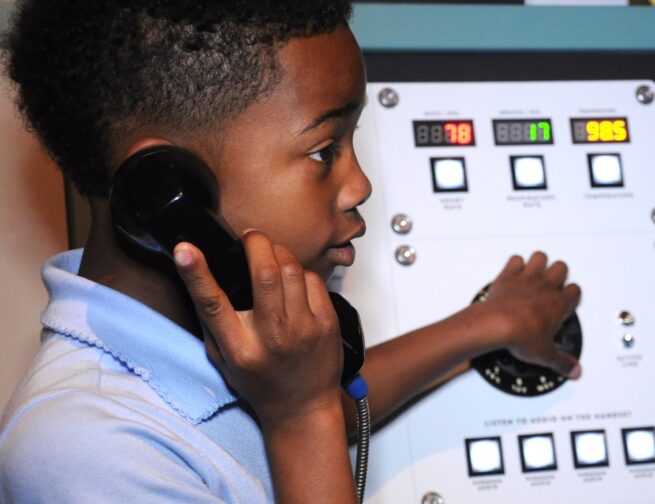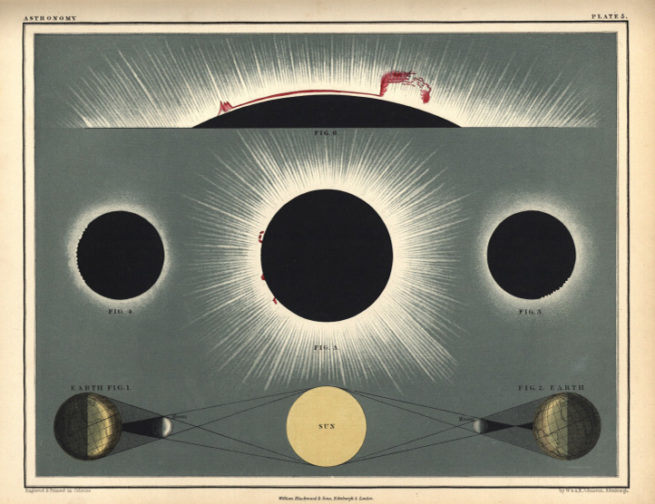Category: Astronomy 101

Universe-Sized Questions: Dark Matter, Dark Energy, and the Big Bang
Answering universe-sized questions, including what we know (and don’t know) about dark matter and dark energy, and how it involves the Big Bang.

What Is Dark Matter? The Spooky Case Of Dark Matter
What is dark matter? Has dark matter been discovered? Get an inside look at the history and continued discoveries within the field.

Understanding Chicagohenge
The Chicagohenge is a bi-annual event where the cosmos and architecture harmoniously align. Learn about the science behind it all!

Reading List: The Best Space Science And Astronomy Books
Our staff has assigned you summer reading, including a list of the best space science and astronomy books.

Astrophotography 101
The astrophotography guide for beginners, including tips on how to choose the right astrophotography equipment.

Can You Hear Sound In Space?
How does sound work in space? Explore the science of sound and what that means for sounds in space.

Sky Observing 101: Where To Go Stargazing In Chicago
Your guide to the best stargazing spots in Chicago and across the midwest.

How Astronomy Helps Us Understand Climate Change
As Earth faces a global climate crisis, how can we use and learn from astronomy to help us understand what a changing climate means?

The Top Three Multiverse Theories: Many Worlds, Bubble Universes, And Shadow Matter
What is multiverse theory? Dive deeper into the multiverse theories explored in the Adler Planetarium’s sky show, Niyah and the Multiverse—many worlds, bubble universe, and shadow matter theories.

Types of Eclipses: Lunar Eclipses and Solar Eclipses Explained
Learn how eclipses occur and the types of eclipses, solar and lunar, that occur when the phase of the Moon and the alignment of the Sun, Moon and Earth is just right.




